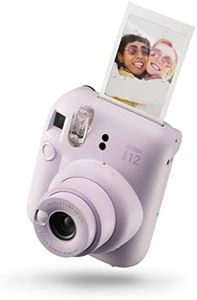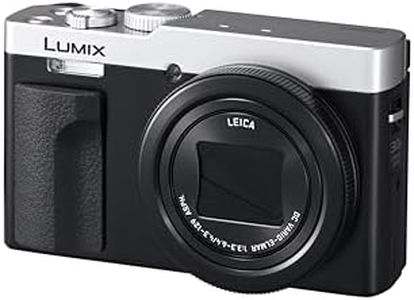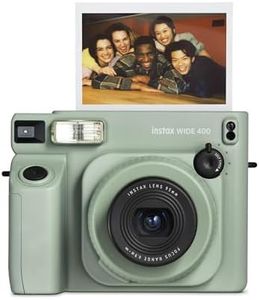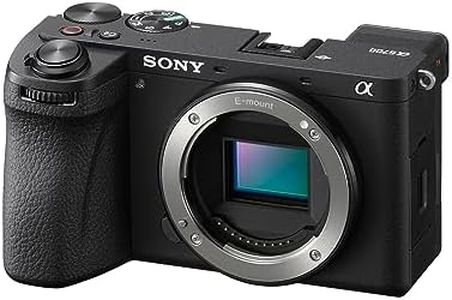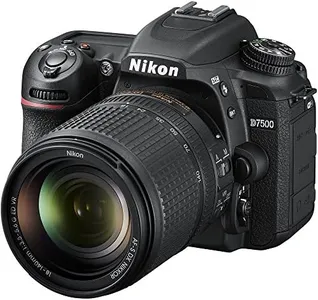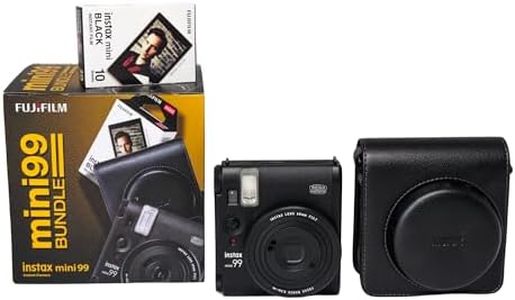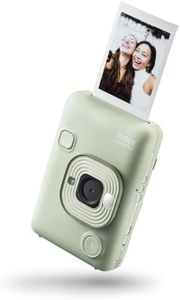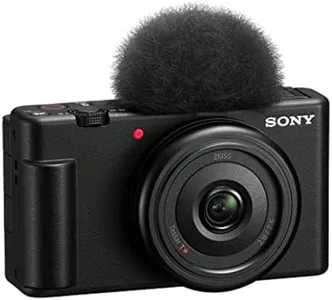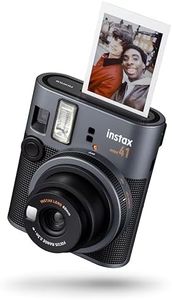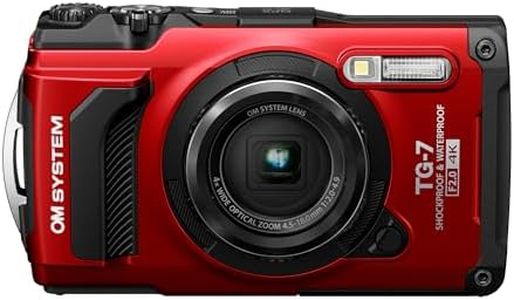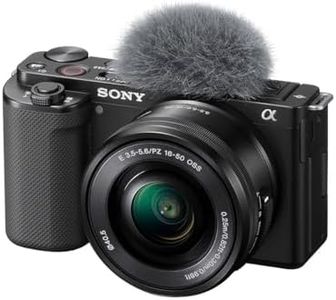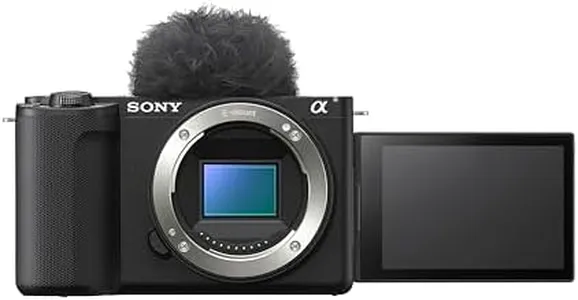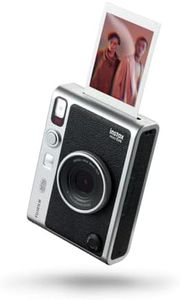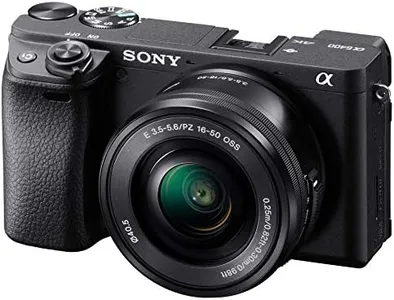We Use CookiesWe use cookies to enhance the security, performance,
functionality and for analytical and promotional activities. By continuing to browse this site you
are agreeing to our privacy policy
10 Best Camera For Beginners
From leading brands and best sellers available on the web.Buying Guide for the Best Camera For Beginners
Choosing your first camera can feel overwhelming, but it’s all about matching the camera’s features to how and where you want to use it. Think about what you enjoy photographing, whether you prefer something easy and portable, and how much you want to grow your skills over time. Understanding the main specs will help you select a camera that supports your learning journey and brings joy to your photography experiences.Sensor SizeSensor size refers to the physical dimensions of the image sensor inside a camera, and it has a significant impact on image quality, depth of field, and performance in low light. Common sensor sizes include full-frame, APS-C, and Micro Four Thirds. Larger sensors (like full-frame) generally produce better image quality and work well in dim lighting, but they make cameras and lenses bigger and heavier. Smaller sensors (APS-C and Micro Four Thirds) lead to more compact setups, which can be great for beginners, travel, and everyday use. When picking your first camera, consider how much you value image quality versus portability—a smaller sensor is excellent for learning and carrying everywhere, while a bigger one is handy if you plan to get into more advanced photography.
MegapixelsMegapixels represent the camera sensor’s resolution, indicating how many millions of pixels it can capture. Higher megapixels allow for larger prints and better cropping, but for most beginners, anything between 16 and 24 megapixels is more than enough for clear, detailed photos and sharing online. Don’t let high megapixel numbers alone sway your choice; unless you plan to print your images in very large sizes, moderate megapixels will keep things easy and manageable.
Ease of Use/ControlsEase of use describes how beginner-friendly and intuitive the camera’s controls, menus, and settings are. This is important because a complicated camera may slow down your learning or make you less likely to use it. Cameras can range from those with full auto modes and simple menus to those with many manual settings and buttons. As a beginner, look for cameras that offer automatic shooting modes but still allow manual control when you want to experiment and learn. Touchscreens and guides built into the camera can also be helpful starting points.
Interchangeable vs Fixed LensSome cameras have fixed (built-in) lenses, while others allow you to swap lenses depending on the scene or creative effect you want. Fixed lens cameras are generally easier—they’re ready to use out of the box and require less technical knowledge about lenses. Interchangeable lens cameras (like DSLRs or mirrorless) provide more flexibility as your skills develop and let you experiment with different types of photography. Beginners who want simplicity may prefer cameras with a quality fixed lens, while those excited about learning and having more creative options may benefit from an interchangeable lens system.
Autofocus SystemThe autofocus system determines how quickly and accurately the camera can focus on subjects, especially useful for fast-moving scenes or capturing sharp portraits. Autofocus systems vary in how many focus points they have and how well they track moving subjects. Simple autofocus is usually sufficient for everyday photos, casual outings, or landscapes, but if you’re interested in sports, wildlife, or action photography, look for a camera with a more advanced, faster autofocus system. Testing the camera in-store (if possible) can help you see if the autofocus meets your needs.
Size and WeightSize and weight are key for comfort and convenience, as you’re more likely to use a camera that fits well in your bag and feels good in your hand. Large cameras can become tiring to carry, especially on trips or long walks, while smaller, lightweight cameras are easier to bring everywhere but may be less comfortable to hold for big hands or extended shoots. Think about your regular activities—if you want a camera for travel or everyday moments, prioritize compactness and lightness, but if stability and grip are important for you, a larger model may be preferable.
Connectivity (Wi-Fi, Bluetooth)Connectivity features like Wi-Fi and Bluetooth allow you to quickly share photos with your phone or tablet, back them up to the cloud, or even control your camera remotely. These features vary between models; some make sharing photos a breeze, while others require more steps or cables. If you want to post images on social media quickly or work with mobile devices, check that your camera includes easy-to-use wireless options.
